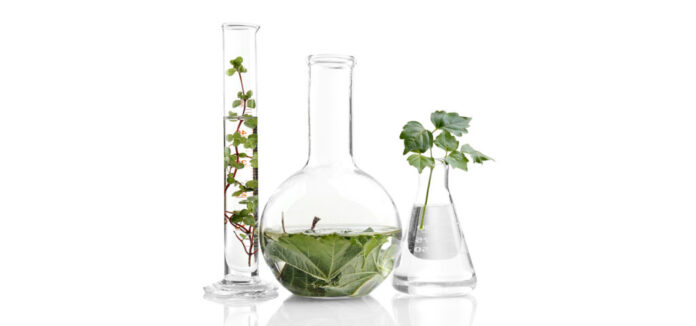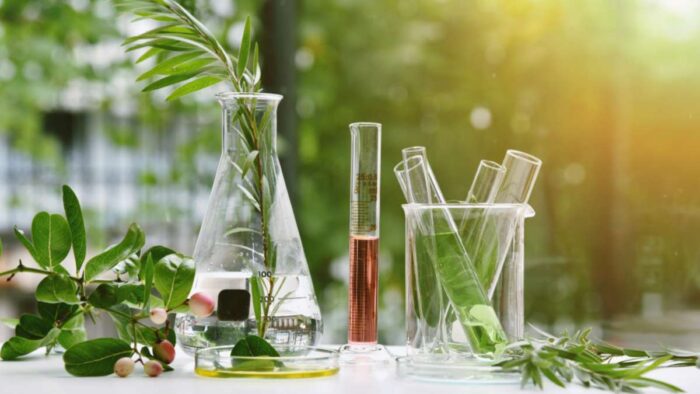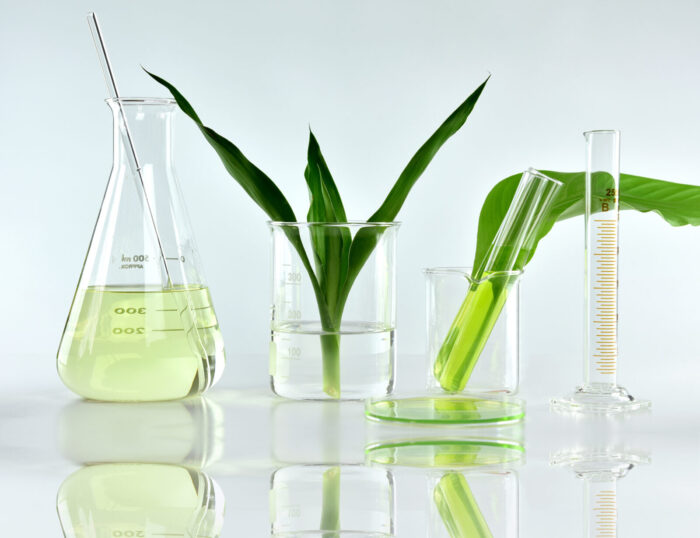
Plants have been important to humans since the beginning of time, not only for food but also because they can heal and enhance lives. The scientific process of extracting valuable compounds from plants has evolved over centuries, combining traditional wisdom with modern technology.
If you want to learn more about plant extracts and the techniques used to do it, then this is for you. This article details the most important parts of plant extraction and explains how these methods make nature’s gifts available to us.
Basics of Plant Extraction
The fundamental concept of plant extraction is to isolate the essential components, which can include oils, flavors, or bioactive compounds. This process goes beyond a mere collection; it’s about capturing the very essence of a plant to leverage its benefits. The roots of plant extraction trace back to ancient civilizations, where healers and herbalists harnessed the power of plants for medicinal purposes, laying the foundation for today’s scientific practices.
Common Extraction Techniques

Scientists use different extraction methods to unlock plant secrets. Here are some of the common methods that transform plants into valuable extracts.
Solvent Extraction
Solvent extraction, a traditional yet effective method, involves using a solvent like ethanol or hexane to dissolve and separate plant compounds. This technique is particularly useful for obtaining oils, waxes, and other lipophilic substances that may not be easily accessible through other methods. The choice of solvent depends on the targeted compounds and the characteristics of the plant material.
Steam Distillation
Steam distillation, a technique with roots in alchemy, is especially favored for extracting essential oils from aromatic plants. As steam permeates the plant material, it carries away volatile compounds, condensing into a liquid form. This gentle process is ideal for preserving the delicate aromatic profile of flowers, herbs, and spices.
Supercritical Fluid Extraction (SFE)
Supercritical Fluid Extraction (SFE) is a cutting-edge method that utilizes supercritical fluids, often carbon dioxide, to extract compounds without leaving residual solvents. This technique is gaining popularity due to its efficiency and the ability to target specific compounds selectively. The supercritical state of the fluid allows it to penetrate plant material effectively, ensuring a clean extraction.
Advanced Extraction Techniques
Now that you’ve learned the common ways of extraction, here are the advanced techniques that bring a biological touch and high-speed efficiency to the process.
Enzyme-Assisted Extraction (EAE)
Enzyme-Assisted Extraction (EAE) introduces a biological touch to the process. Enzymes, nature’s catalysts, break down cell walls, facilitating the release of valuable compounds. This method is particularly beneficial for extracting intracellular components that might be challenging to access with traditional methods.
Microwave-Assisted Extraction (MAE):
Microwave-assisted extraction (MAE) represents a leap into high-speed extraction. The application of microwave energy accelerates the extraction process by enhancing the movement of molecules within the plant material. This efficient method reduces extraction times, making it a practical choice for large-scale operations.
Factors Influencing Extraction Efficiency

Before extracting the essence from the plants, understanding the factors that influence their efficiency is important. Here are some of the factors:
Plant Material Selection
The success of any extraction process hinges on choosing the right plant material. Different species and parts of the same plant can vary significantly in their chemical composition. Researchers carefully select plant material based on the specific compounds they aim to extract, ensuring the desired therapeutic or functional properties.
Particle Size and Homogenization
Breaking down plant material into smaller particles is akin to unlocking its treasure chest. The smaller the particles, the larger the surface area available for extraction. Homogenization, a process that creates a consistent mixture, ensures uniform extraction and prevents variability in the final product.
Temperature and Pressure Control
Temperature and pressure act as control knobs in the extraction kitchen. The right combination is crucial for optimizing the extraction process. While some compounds may require higher temperatures to be liberated, others might be sensitive to heat. Similarly, adjusting pressure aids in achieving the desired solubility and extraction efficiency.
Applications of Plant Extracts

Plant extracts find their way into various industries, offering a natural touch to pharmaceuticals, skincare, and your favorite foods and beverages.
Pharmaceutical Industry
Extracts contribute to drug development, providing natural alternatives to synthetic compounds. For instance, the bark of the Pacific Yew tree led to the discovery of Taxol, a chemotherapy drug widely used in cancer treatment.
Cosmetic and Skincare Industry
The cosmetic and skincare industry relies heavily on plant extracts for their natural and beneficial properties. Aloe vera, for instance, is a skincare favorite known for its soothing and moisturizing effects. Plant extracts bring a touch of nature to formulations, aligning with the growing consumer preference for clean and green beauty products.
Food and Beverage Industry
Plants are not just sources of nutrition; they also infuse flavor and color into our favorite foods and beverages. Vanilla extract, derived from vanilla beans, is a classic example. Besides flavoring, plant extracts are used for natural coloring, replacing synthetic dyes with options like beetroot extract or turmeric.
Challenges in Plant Extraction
The process of extracting compounds from plants is not without its challenges. Plants are complex organisms, and their chemical composition can vary due to climate, soil conditions, and even harvest time. This variability poses a challenge for maintaining consistency in extraction outcomes. Researchers continually grapple with these nuances, employing sophisticated techniques to address the inherent diversity of plant materials.
Nature Unleashed: Science in Every Drop
Understanding extraction methods is like reading nature’s code from plant to product. Each approach has benefits and uses that affect the final output.
Additionally, the role of the plant extract supplier remains the most important part of this ongoing relationship with nature. Picking the correct supplier will ensure that the extracted compounds keep their quality and consistency, affecting how well and reliably the final goods work.
















